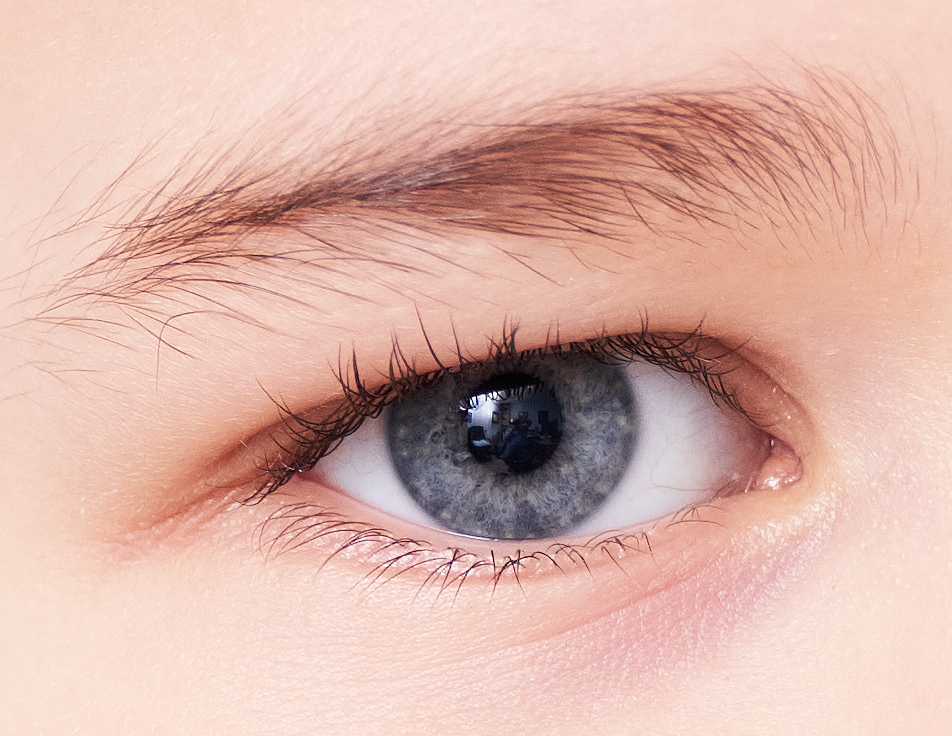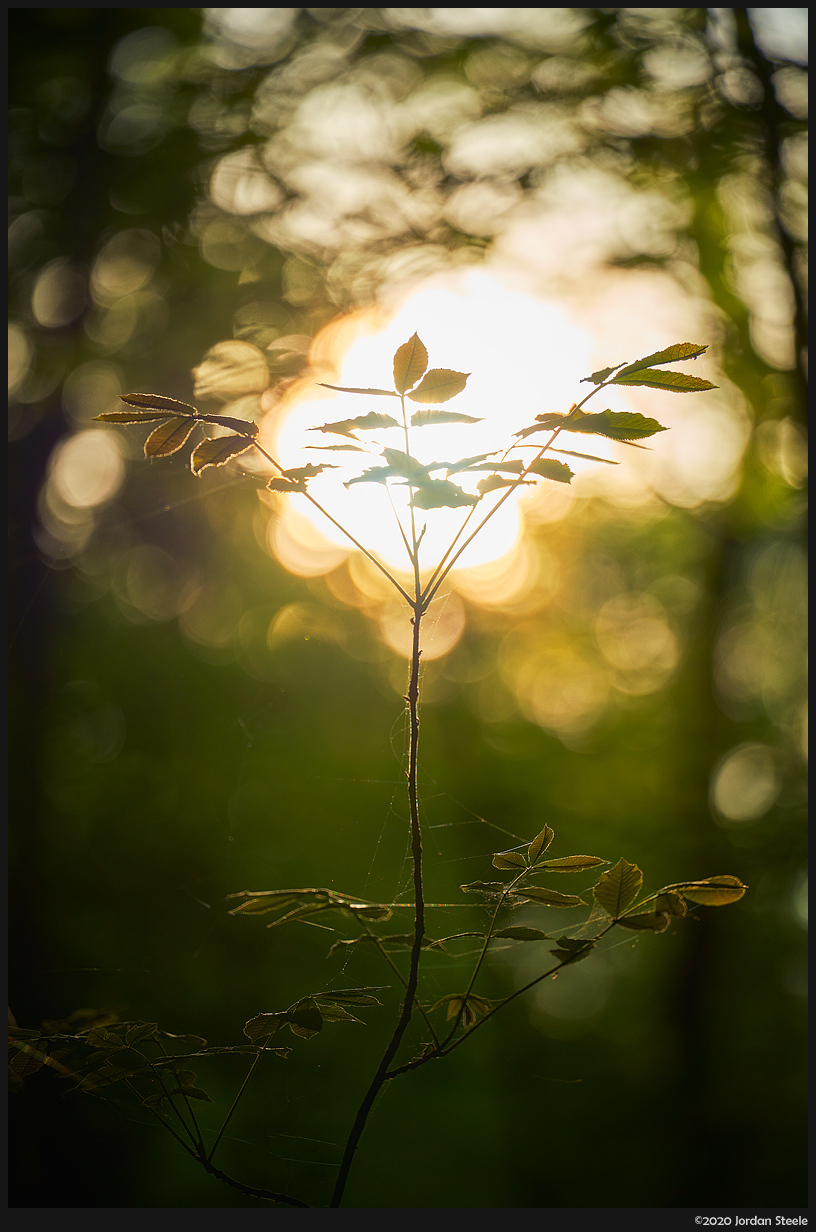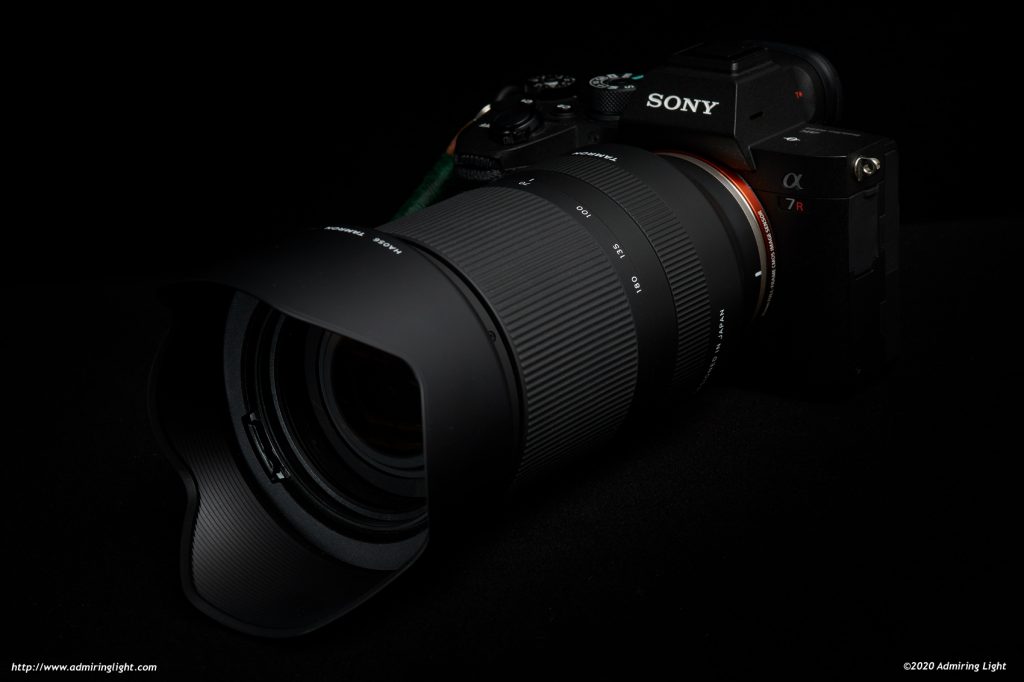Image Quality
The f/2.8 telephoto zoom has been a workhorse lens for many decades, and image quality for high end f/2.8 zooms is typically very high. With the compact size and weight, the extending zoom and the relatively low price, you’d be forgiven for thinking that image quality would have some compromises. However, the Tamron 70-180mm produces images that stack up very favorably with other pro-grade f/2.8 telephoto zooms.
Sharpness
The Tamron 70-180mm f/2.8 is a very sharp lens. I’ve used quite a lot of f/2.8 telephoto zooms, from Canon’s L series, Sony’s GM and G, and the best from Fujifilm, Olympus and Panasonic. The Tamron 70-180mm produces image sharpness right up there with the very best from other manufacturers. Image sharpness in the central 80% of the frame is outstanding from f/2.8 throughout the zoom range. Edges and corners are a little less crisp, but are still very good wide open. Stopping down a stop or two brings those edges also into outstanding territory.
In the 1-10m range, there’s really nothing more to ask from a lens. See the sample shot below, taken at f/2.8 and 136mm.

As you can see, the image is very crisp, with outstanding detail around the eyes. How good is the detail around the eyes? Let’s take a look at a 100% crop from the A7R IV:

As you can see from the tremendous detail resolved on the 60MP A7R IV at f/2.8, you won’t want for image sharpness with this lens, even at its maximum aperture.
When focusing closer to infinity, the lens is just slightly softer than in the close to mid-distance range, but detail is still very good, and the lens is perfectly usable for landscape use, even on high-megapixel bodies.
Bokeh
As a prime use for a short telephoto f/2.8 zoom is as a general portrait or event zoom, bokeh is fairly important with such a lens. At 180mm and f/2.8, the lens is capable of very shallow depth of field and significant background blur, though it’s quite easy to reduce the background to a blur throughout the zoom range.

Quality of the bokeh on the Tamron 70-180mm is predominantly good, though it falls short of the best lenses of this type. In the portrait range, bokeh is smooth with fairly evenly rendered specular highlights and a very pleasing look. There can be a very slight edge to highlights, but it’s minor. At mid-distance, the bokeh becomes a bit more nervous, though is still acceptable. Sony’s 70-200mm f/2.8 GM does render more smoothly in these mid-distance situations. There is some mechanical vignetting at the edges, which causes the shape of specular highlights to become oblong: a trait shared with most f/2.8 telephoto zooms.

Still, given the price and the overall quality, I find the bokeh perfectly acceptable for such a lens. It’s a clear improvement on the mediocre bokeh of Tamron’s 28-75mm f/2.8, and will fit the bill for all but the pickiest shooters.
Color, Contrast and Chromatic Aberration
The 70-180mm f/2.8, like most modern lenses, shows strong contrast and good color saturation throughout the aperture range. I find that the strong contrast at f/2.8 helps your subject really pop out of the background, as evidenced in the photo of the tree above. There’s minimal spherical aberration, even when focused up close. Color is pleasing and relatively neutral, fitting in well with the other Tamron zoom lenses.

Chromatic aberration is very minimal, with only a small amount of lateral chromatic aberration visible upon very close inspection in some instances, but it’s barely field relevant and is very simple to correct. Longitudinal CA can present in extreme circumstances, but I didn’t find it to affect real world images in day to day use. Overall, an excellent performance with regards to chromatic aberration.
Distortion, Flare and Vignetting
Now we come to one of the weakness of the lens, and that’s with native distortion. The 70-180mm f/2.8 shows mild pincushion distortion at 70mm that worsens as you zoom towards 180mm. If shooting JPEGs, this will be corrected in-camera, but with RAW files, you will want to make sure that the RAW converter you’re using is set to correct the distortion in camera when shooting photos that feature straight lines. Thankfully, both Lightroom and Capture One Pro have profiles that can correct the distortion right from launch.
The lens performs reasonably well with regards to flare. Shooting things like the sun can lead to a haze and loss of contrast emanating from the light source, along with some purple and green color flare around the light source. On the positive side, the lens shows very minimal ghosting flare, and when using the lens hood with the sun out of the frame, I’ve encountered no issues with regards to veiling flare.

The Tamron also performs fairly well with regards to vignetting, which is surprising given the small front element combined with the fast aperture. Vignetting is visible but moderate at f/2.8 and eases when stopping down. Nothing to worry about here.
Macro Mode
The Tamron 70-180mm f/2.8 isn’t a macro lens, though with autofocus, it is capable of a quite respectable minimum focus distance of just 0.85m throughout the focus range, allowing for a maximum magnification of 1:4.6 when shooting at 180mm. This will allow for very nice closeup capabilities for flowers or other smaller details.
However, the lens also has a special close focus mode that can be enabled by switching the lens into manual focus. In manual focus with the zoom set to 70mm, the lens can focus all the way down to 0.27m, which allows for 1:2 macro level shooting. Unfortunately, this mode compromises the optics a fair bit. The center of the image remains extremely sharp, but the sharpness outside the central area falls off very rapidly, so this mode is really only useful for centrally placed compositions such as the one below.

In all, I find the optical quality of the Tamron 70-180mm to be on a very high level. The lens is very sharp, with pleasing bokeh, good color and contrast and minimal aberrations. It’s a high quality optic that is competitive with the pro-grade telezooms from the other major manufacturers.






Leave a Reply